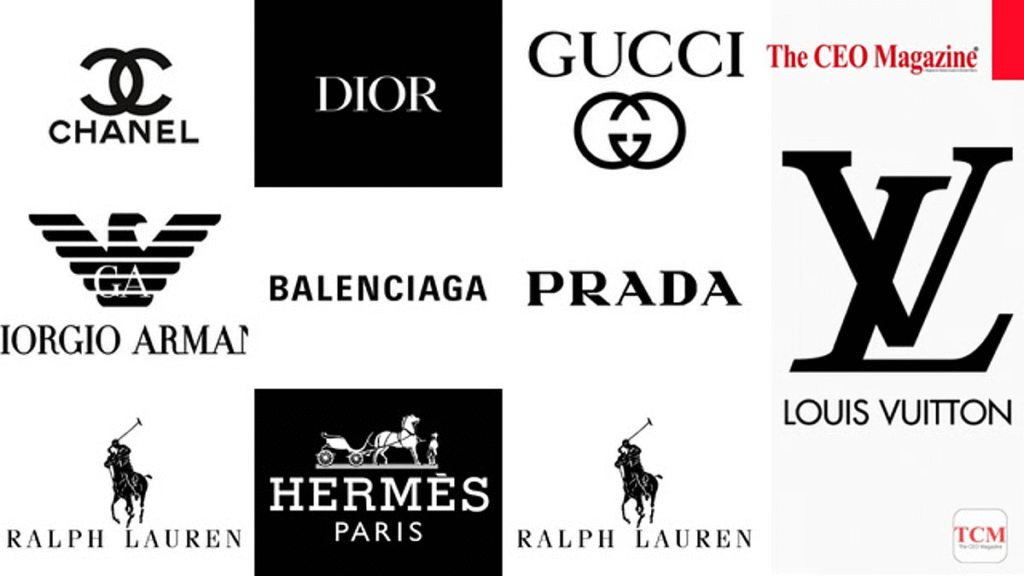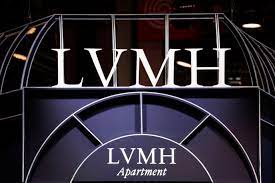Luxury brands have long held a special place in global culture. Whether through exquisite craftsmanship, exclusivity, or symbolic status, these brands continue to influence consumer behavior, shape fashion and lifestyle trends, and set the standards for high-end markets. In today’s world—where trends shift quickly and digital innovation reshapes industries—luxury brands remain powerful icons of aspiration, artistry, and quality. This article explores what gives luxury labels their enduring appeal, how the industry has evolved, and why consumers continue to invest in products that represent more than material goods.
Understanding the Essence of Luxury Brands
At their core, luxury brands are built on a foundation of craftsmanship, heritage, and emotional significance. Unlike mass-market products, luxury items are often handcrafted or produced in limited quantities, ensuring a level of quality and exclusivity unmatched by everyday goods.
1. Craftsmanship and Quality
Luxury brands distinguish themselves through superior materials and meticulous production processes. A Hermes Birkin bag, for instance, can take up to 40 hours to create and is crafted by a single artisan. This dedication to skill and perfection becomes part of the item’s value, reinforcing the perception of luxury.
2. Heritage and Storytelling
Many luxury brands have a rich history spanning decades or even centuries. Chanel, Louis Vuitton, and Cartier are not merely companies; they are storytellers weaving narratives through generations. The heritage behind each brand adds depth and authenticity, elements that modern consumers value deeply.
3. Exclusivity
Scarcity drives desire. Luxury brands excel at controlling availability — whether through limited editions, private collections, or invitation-only events. This exclusivity not only elevates the product but also enhances the consumer’s sense of belonging to an elite circle.
The Psychology Behind the Desire for Luxury
The demand for luxury brands extends beyond the physical product. It taps into a complex blend of emotional, psychological, and social motivations.
1. Status and Social Identity
Luxury goods often serve as status symbols. They signal success, achievement, and social position. Wearing a Rolex or carrying a Gucci bag communicates a lifestyle and identity that many people aspire to project.
2. Emotional Fulfillment
Luxury items often hold sentimental value. For many consumers, buying from luxury brands represents a reward for personal milestones—a promotion, a graduation, or a life accomplishment. The emotional connection enhances the perceived value far beyond the price tag.
3. Self-Expression
Luxury products allow consumers to express individuality. Whether through a unique fragrance, a custom piece of jewelry, or a bespoke suit, luxury purchases become extensions of personal style and personality.
How Luxury Brands Maintain Influence in a Digital Age
The digital revolution could have weakened the allure of exclusive, traditional luxury labels. Instead, luxury brands have strategically adapted and even strengthened their global influence.
1. The Power of Social Media
Platforms like Instagram, TikTok, and Pinterest have become essential tools for luxury brands. Visual storytelling allows them to showcase craftsmanship, promote collections, and connect with global audiences. Influencers and celebrities now play a significant role in shaping trends and perceptions.
2. E-Commerce for High-End Consumers
Online shopping was once considered incompatible with luxury. Today, however, most luxury houses offer digital boutiques with white-glove service, virtual shopping appointments, and premium packaging. This shift makes luxury accessible while maintaining exclusivity.
3. Digital Fashion and the Metaverse
Some luxury brands are venturing into the metaverse, creating digital fashion pieces, virtual storefronts, and NFT-based collectibles. Although experimental, this trend expands the definition of luxury and appeals to younger, tech-savvy consumers.
Sustainability: A New Frontier for Luxury Brands
As global awareness of environmental issues grows, luxury brands face increasing pressure to adopt sustainable practices. Fortunately, many high-end labels are leading the way.
1. Ethical Materials and Production
Brands are investing in eco-friendly materials such as organic cotton, recycled metals, and plant-based leathers. Stella McCartney, for example, is known for pioneering sustainable luxury fashion.
2. Repair, Resale, and Circular Fashion
The rise of luxury resale platforms has reshaped consumer behavior. Pre-owned luxury items are now celebrated, not stigmatized. Many luxury brands have also introduced repair programs to extend the life of their products, reducing waste.
3. Transparency and Traceability

Modern consumers demand transparency. Luxury brands now provide information on sourcing, production, and environmental impact—strengthening trust and accountability.
The Global Expansion of Luxury Markets
Luxury consumption is no longer concentrated in Europe and North America. Emerging markets—particularly Asia and the Middle East—have become significant drivers of growth.
1. The Rise of Asian Consumers
Countries like China, South Korea, Japan, and Singapore are home to a rapidly growing middle and upper class. Their demand for luxury brands has reshaped the global market. In particular, Chinese consumers represent one of the largest luxury-buying demographics in the world.
2. Cultural Influence
Luxury brands often adapt their products for regional tastes. Special edition collections for Lunar New Year, Diwali, and Middle Eastern holidays demonstrate the industry’s attention to cultural nuances.
3. Tourism and Duty-Free Markets
Luxury purchases are tightly linked to global travel. Cities such as Paris, Milan, Dubai, and Tokyo have become international luxury shopping destinations. Even in the digital age, the experience of buying luxury goods in iconic flagship stores remains unmatched.
Future Trends Shaping Luxury Brands
The luxury landscape is evolving, driven by innovation, cultural shifts, and technological advancements. Here are the key trends shaping the industry’s future:
1. Personalization and Bespoke Luxury
Consumers increasingly seek custom experiences—from monogrammed products to made-to-measure fashion. Luxury brands that offer personalization create deeper emotional connections with their clients.
2. Quiet Luxury
Minimalist designs and understated branding have surged in popularity. Instead of flashy logos, modern consumers are gravitating toward subtle elegance and timeless pieces—a trend that reflects refined taste and long-term value.
3. Wellness and Lifestyle Luxury
Luxury is no longer limited to fashion and accessories. High-end wellness retreats, organic skincare, gourmet dining, and experiential travel have joined the luxury ecosystem, offering holistic lifestyle enrichment.
4. Generational Shifts
Millennials and Gen Z hold increasing purchasing power. These consumers value brands that align with their beliefs, especially regarding sustainability, diversity, and ethical production. Luxury brands must adapt to remain relevant.
Conclusion: The Enduring Power of Luxury Brands
Luxury brands continue to thrive because they offer more than products—they provide experiences, stories, and symbols that resonate deeply with people across cultures and generations. Their blend of heritage, artistry, exclusivity, and emotional appeal creates a timeless allure that remains powerful even in today’s fast-paced digital world.
As the industry embraces sustainability, innovation, and new technologies, luxury brands will continue to evolve while preserving the essence that makes them extraordinary. Whether through craftsmanship, culture, or personal meaning, luxury brands hold a unique ability to inspire and captivate—and that is a legacy that will endure for decades to come.





